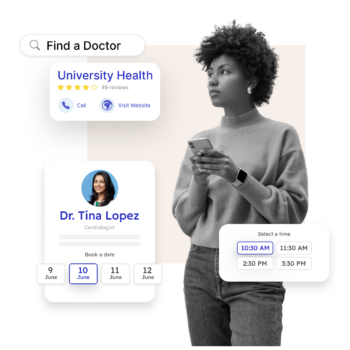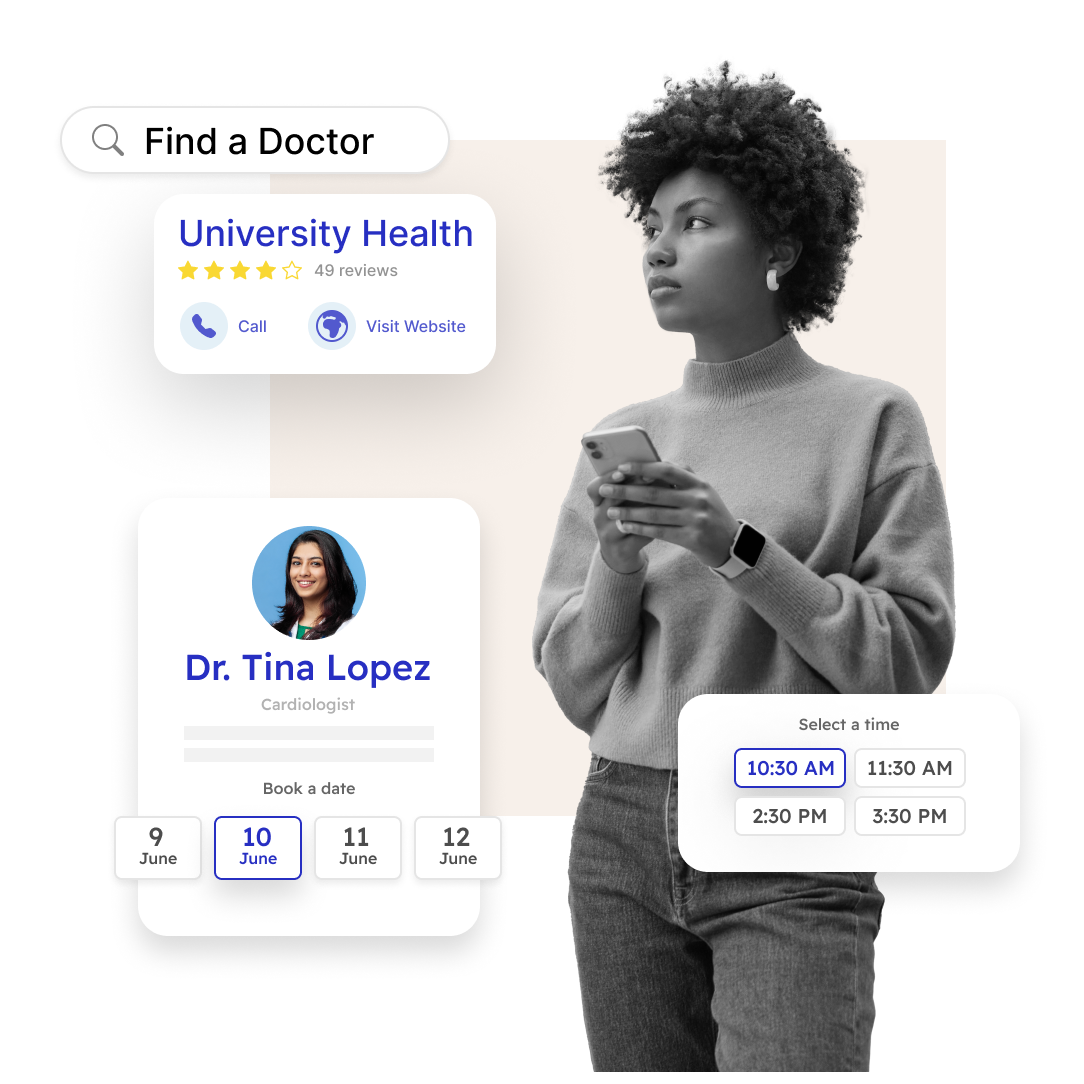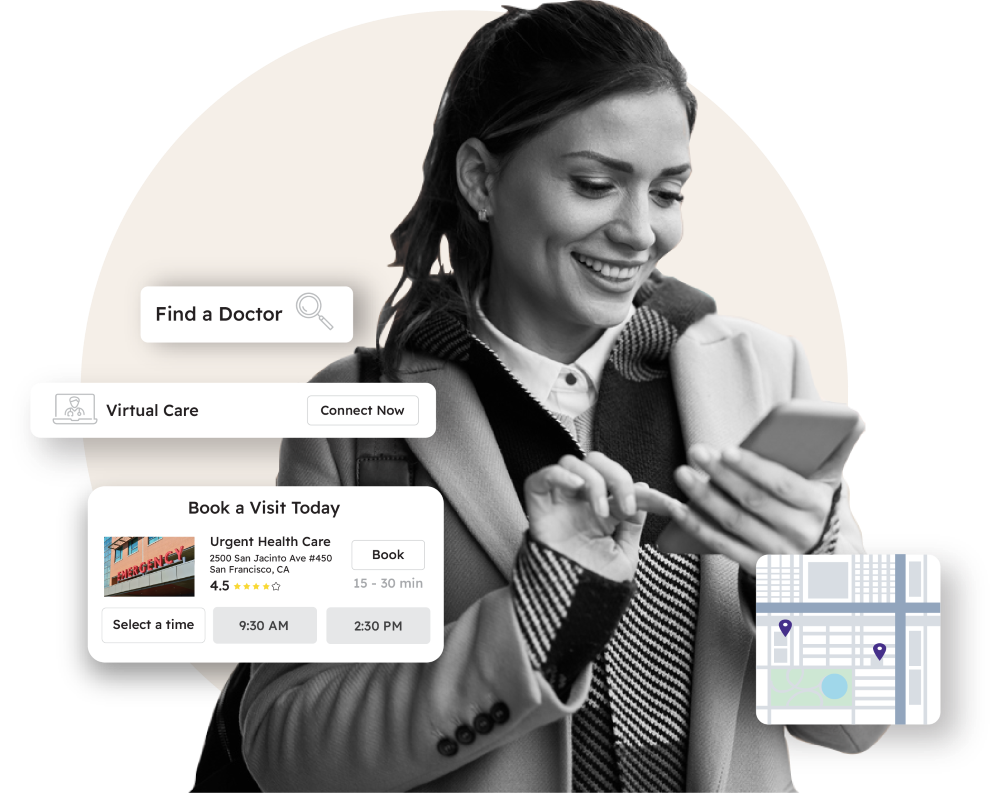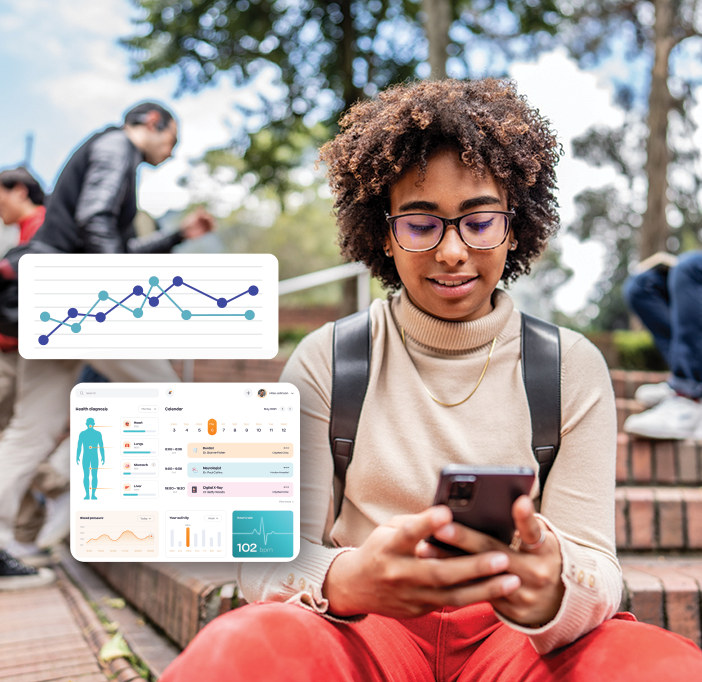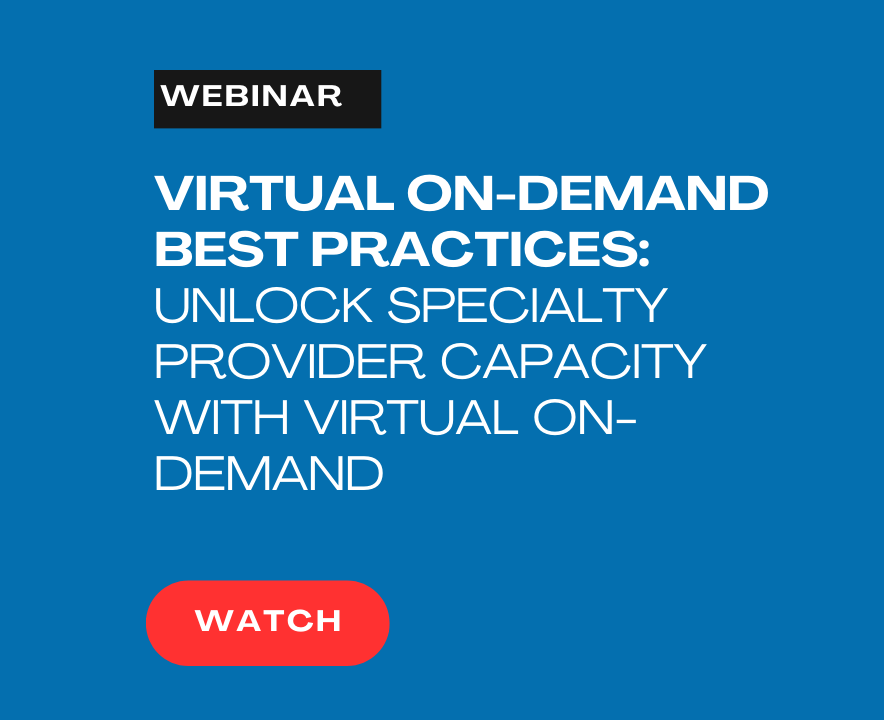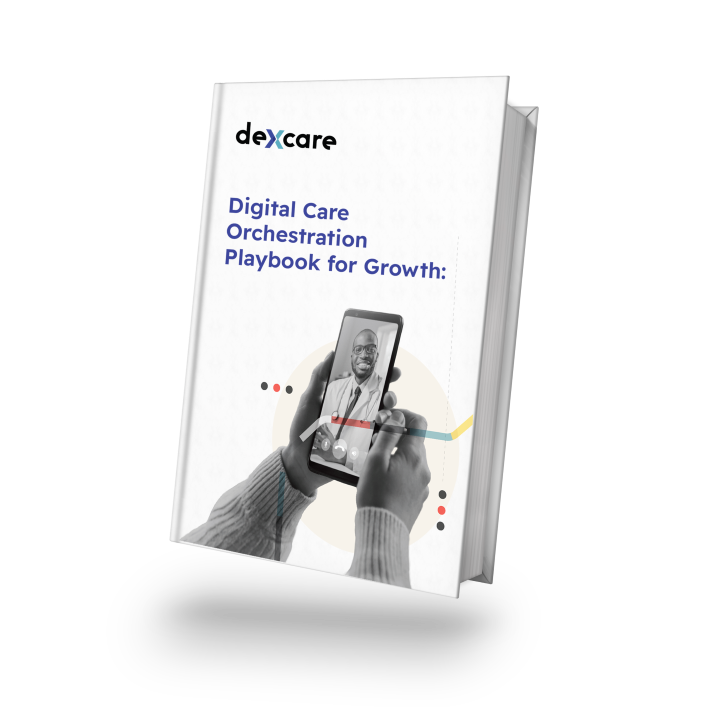A New Spin on Healthcare’s Digital Front Door
Today’s customer has a new set of expectations about their digital experiences. We used to expect customers would head to a store to buy something or call a doctor’s office to set an appointment. But the digital revolution has completely changed behaviors. Online interaction, dedicated apps, and information available on demand with a simple web search mean people now expect a seamless and easy to understand user experience.

When researching and making an online purchase, consumers want the entire process to end with a simple checkout and no fuss delivery of whatever they bought. For the healthcare industry, this means those same consumers expect to be able go online and book appointments just as easily, as well as interact with their providers using whatever device they choose.
The key takeaway is today’s consumer expects convenience.
Mutaz Shegewi, IDC Health Insights research director, told PatientEngagementHIT, “That status quo where healthcare was all about the paternalistic relationship between the doctor and the patient, where the doctor was the center of the universe—not anymore. Healthcare is being heavily impacted by technology. The doctor is still a very important central part of that universe, but so are patients. So are care-seeking consumers. All of them should be empowered by technology that facilitates that relationship and takes it to a different level.”
Building a next-level relationship begins at the digital front door.
The core idea of the “digital front door” is a strategy accounting for multiple, patient-access points that use technology to let patients interact with healthcare whenever they want, using whatever device they choose, with an experience that takes as few steps as possible.
The benefits of having an effective digital front door includes two key advantages: more visibility and accessibility for finding new patients, and better patient retention. Healthcare networks with easy-to-find and useful digital resources are able to get in front of new people and provide loyal customers with the choices to self-select care and better pair them to the right providers.
For an effective digital front door, the user experience needs to be easy to navigate whether the online visitor is trying to book an appointment, find a practitioner, or just directions to a physical location. And an effective digital front door doesn’t end with the right EMR. The frontend technology also must be feature-rich, fast, purpose-built for devices, and seamlessly user customers along each step.
Just like e-commerce, healthcare websites must showcase the right care-option and make checkout a frictionless process. Natural language search, self-selecting care options, and an always-fast experience enables health networks to make the leap toward a digital front door that acquires more customers. After all, same-day and provider availability is the inventory, and your digital front door is the booking engine.
The digital front door isn’t an idea with a checklist of prescribed steps and features. Instead, it’s a strategy and overall approach to the entire digital experience. It’s a way for healthcare businesses to make sure every digital asset is working in concert behind the scenes. So, when anyone from a potential new customer to a longtime patient comes knocking, everything they need to enjoy a seamless user experience is right there behind the digital front door.
